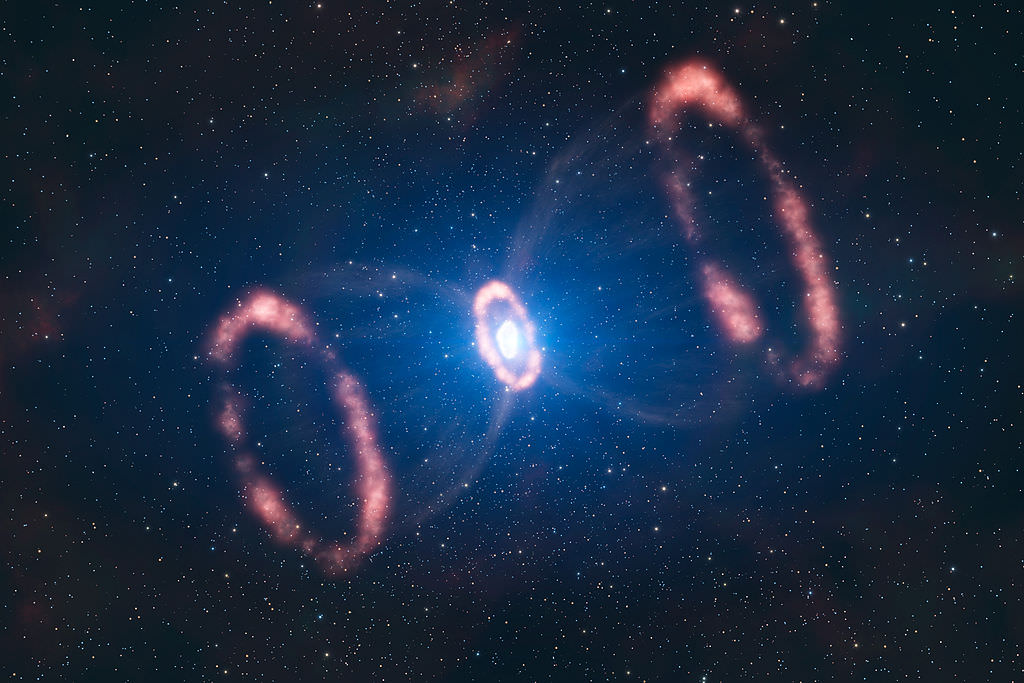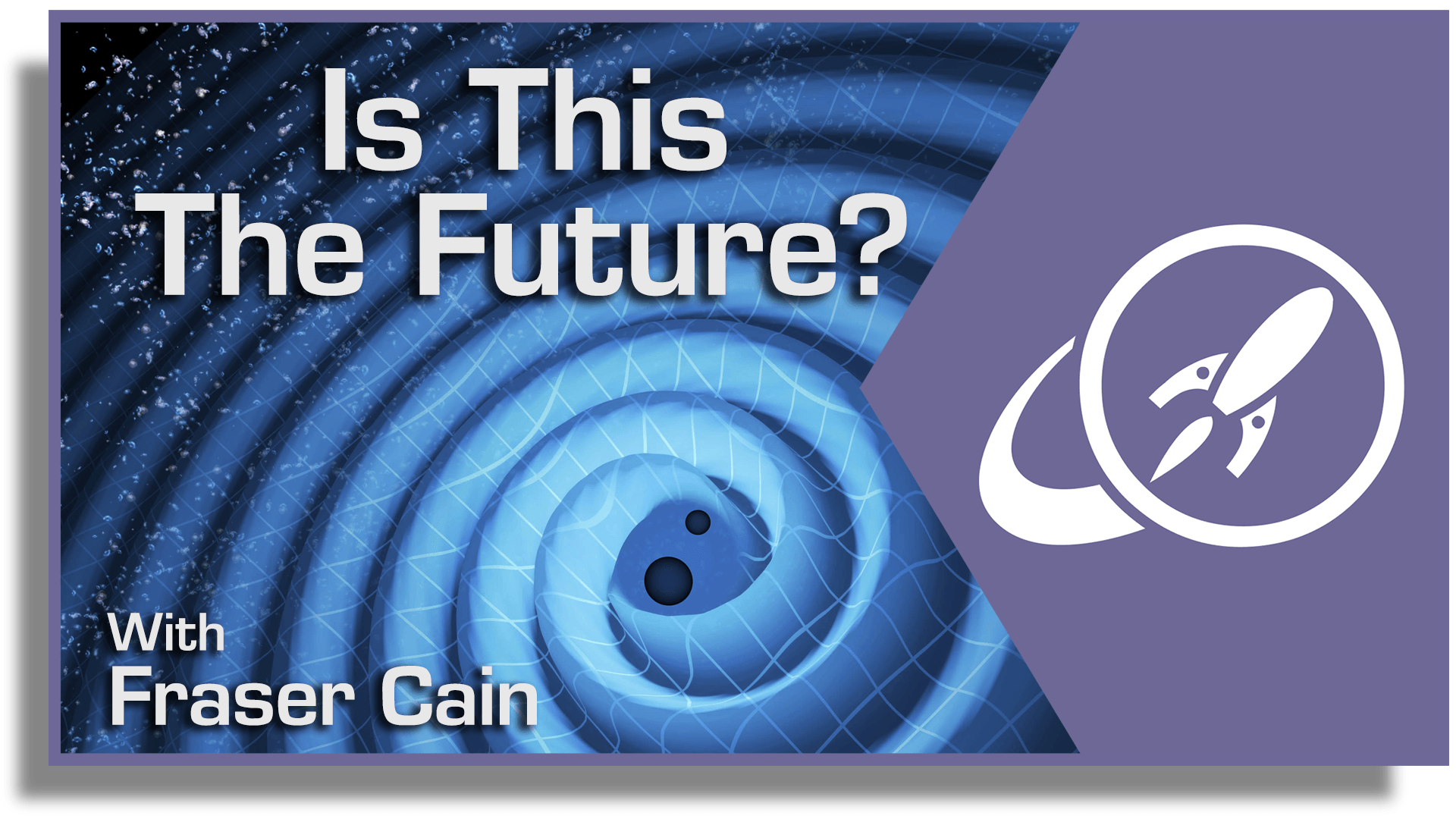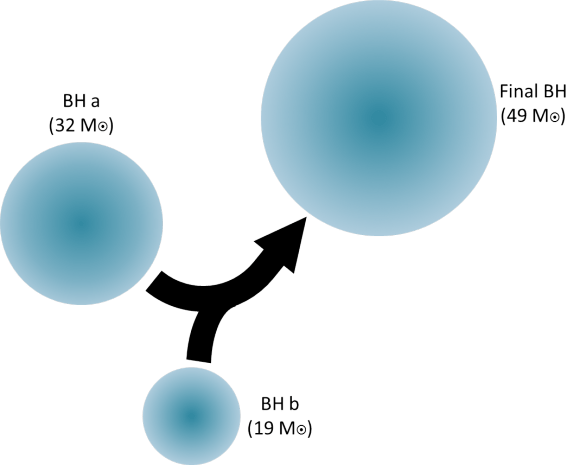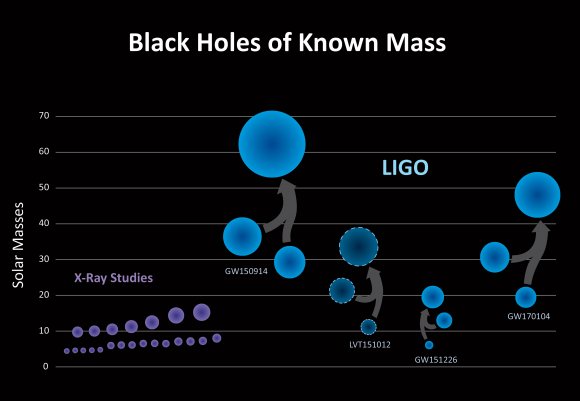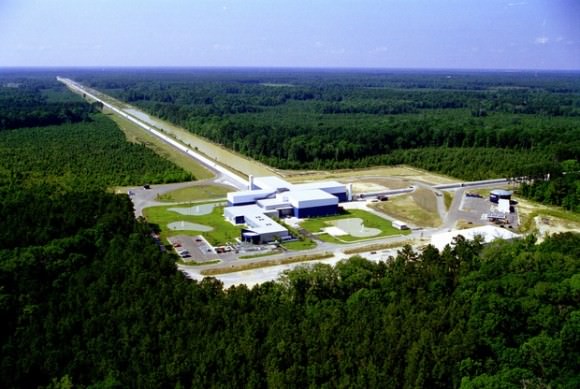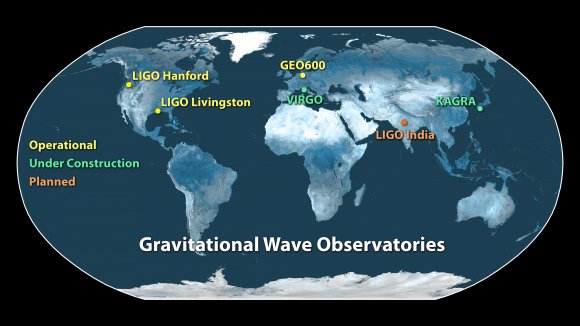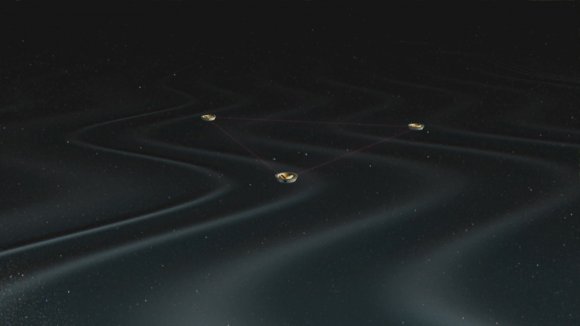On February 11th, 2016, scientists at the Laser Interferometer Gravitational-wave Observatory (LIGO) announced the first detection of gravitational waves. This development, which confirmed a prediction made by Einstein’s Theory of General Relativity a century ago, has opened up new avenues of research for cosmologists and astrophysicists. Since that time, more detections have been made, all of which were said to be the result of black holes merging.
However, according to a team of astronomers from Glasgow and Arizona, astronomers need not limit themselves to detecting waves caused by massive gravitational mergers. According to a study they recently produced, the Advanced LIGO, GEO 600, and Virgo gravitational-wave detector network could also detect the gravitational waves created by supernova. In so doing, astronomers will able to see inside the hearts of collapsing stars for the first time.
The study, titled “Inferring the Core-Collapse Supernova Explosion Mechanism with Three-Dimensional Gravitational-Wave Simulations“, recently appeared online. Led by Jade Powell, who recently finished her PhD at the Institute for Gravitational Research at the University of Glasgow, the team argue that current gravitational wave experiments should be able to detect the waves created by Core Collapse Supernovae (CSNe).
Otherwise known as Type II supernovae, CCSNe are what happens when a massive star reaches the end of its lifespan and experiences rapid collapse. This triggers a massive explosion that blows off the outer layers of the star, leaving behind a remnant neutron star that may eventually become a black hole. In order for a star to undergo such collapse, it must be at least 8 times (but no more than 40 to 50 times) the mass of the Sun.
When these types of supernovae take place, it is believed that neutrinos produced in the core transfer gravitational energy released by core collapse to the cooler outer regions of the star. Dr. Powell and her colleagues believe that this gravitational energy could be detected using current and future instruments. As they explain in their study:
“Although no CCSNe have currently been detected by gravitational-wave detectors, previous studies indicate that an advanced detector network may be sensitive to these sources out to the Large Magellanic Cloud (LMC). A CCSN would be an ideal multi-messenger source for aLIGO and AdV, as neutrino and electromagnetic counterparts to the signal would be expected. The gravitational waves are emitted from deep inside the core of CCSNe, which may allow astrophysical parameters, such as the equation of state (EOS), to be measured from the reconstruction of the gravitational-wave signal.”
Dr. Powell and her also outline a procedure in their study that could be implemented using the Supernova model Evidence Extractor (SMEE). The team then conducted simulations using the latest three-dimensional models of gravitational-wave core collapse supernovae to determine if background noise could be eliminated and proper detection of CCSNe signals made.
As Dr. Powell explained to Universe Today via email:
“The Supernova Model Evidence Extractor (SMEE) is an algorithm that we use to determine how supernovae get the huge amount of energy they need to explode. It uses Bayesian statistics to distinguish between different possible explosion models. The first model we consider in the paper is that the explosion energy comes from the neutrinos emitted by the star. In the second model the explosion energy comes from rapid rotation and extremely strong magnetic fields.”
From this, the team concluded that in a three-detector network researchers could correctly determine the explosion mechanics for rapidly-rotating supernovae, depending on their distance. At a distance of 10 kiloparsecs (32,615 light-years) they would be able to detect signals of CCSNe with 100% accuracy, and signals at 2 kiloparsecs (6,523 light-years) with 95% accuracy.
In other words, if and when a supernova takes place in the local galaxy, the global network formed by the Advanced LIGO, Virgo and GEO 600 gravitational wave detectors would have an excellent chance of picking up on it. The detection of these signals would also allow for some groundbreaking science, enabling scientists to “see” inside of exploding stars for the first time. As Dr. Powell explained:
“The gravitational waves are emitted from deep inside the core of the star where no electromagnetic radiation can escape. This allows a gravitational wave detection to tell us information about the explosion mechanism that can not be determined with other methods. We may also be able to determine other parameters such as how rapidly the star is rotating.”
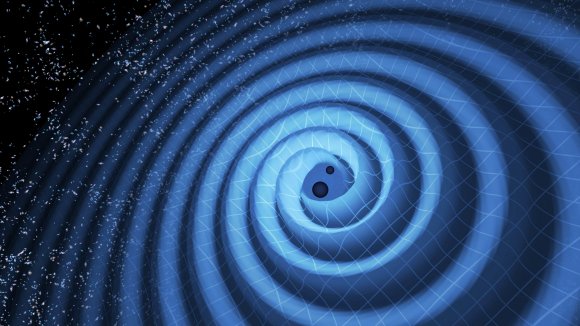
Dr. Powell, having recently completed work on her PhD will also be taking up a postdoc position with the RC Centre of Excellence for Gravitational Wave Discovery (OzGrav), the gravitational wave program hosted by the University of Swinburne in Australia. In the meantime, she and her colleagues will be conducting targeted searchers for supernovae that occurred during the first and seconds advanced detector observing runs.
While there are no guarantees at this point that they will find the sought-after signals that would demonstrate that supernovae are detectable, the team has high hopes. And given the possibilities that this research holds for astrophysics and astronomy, they are hardly alone!
Further Reading: arXiv

